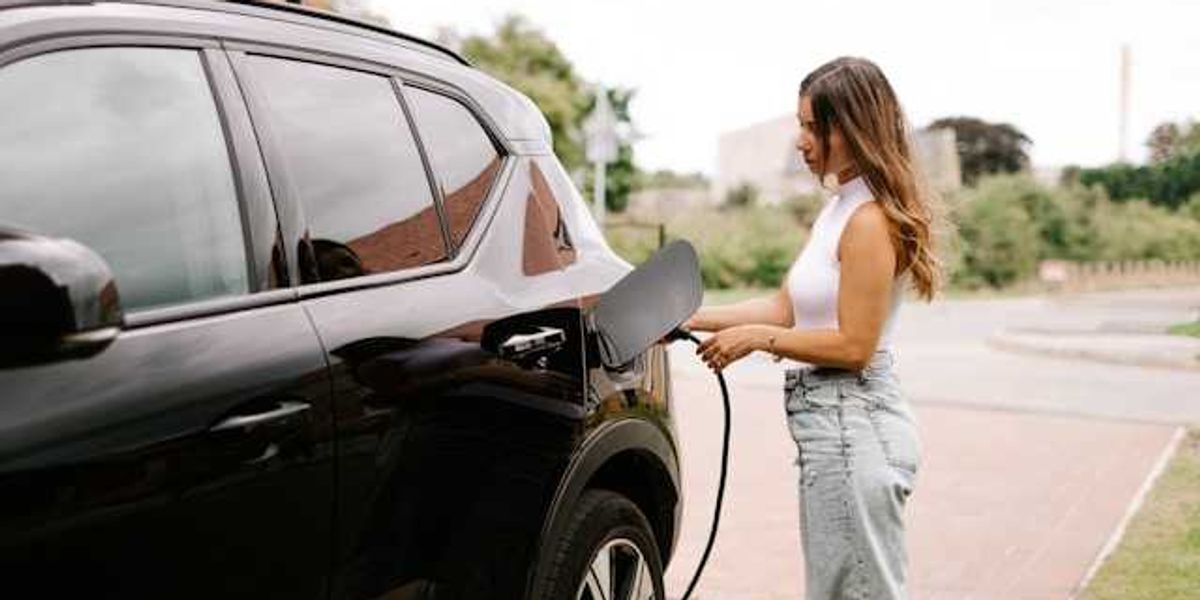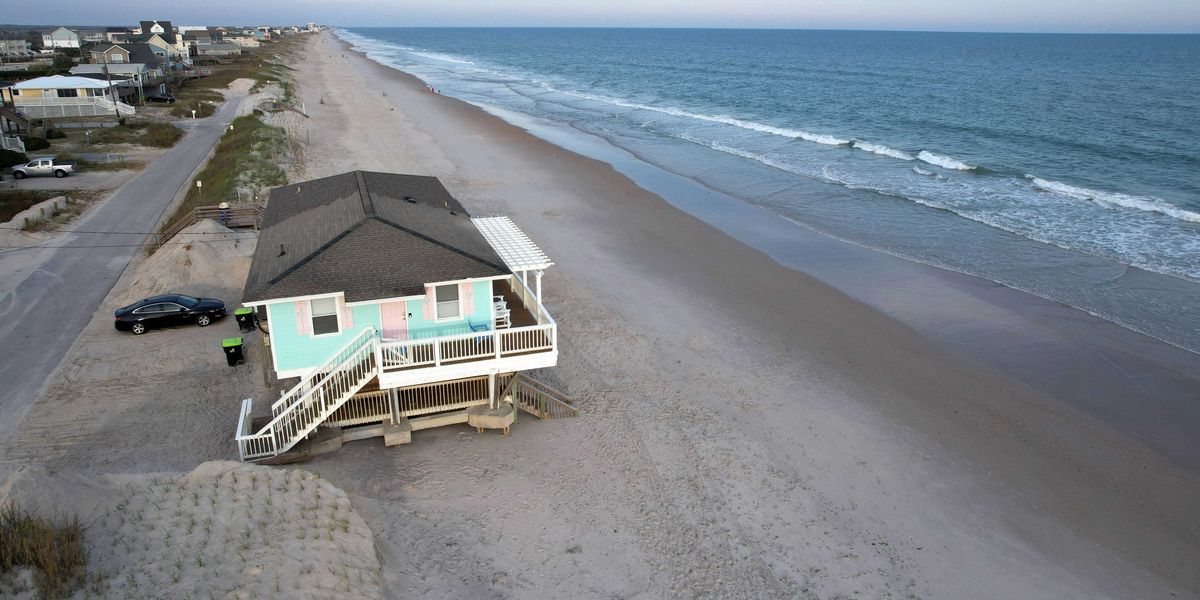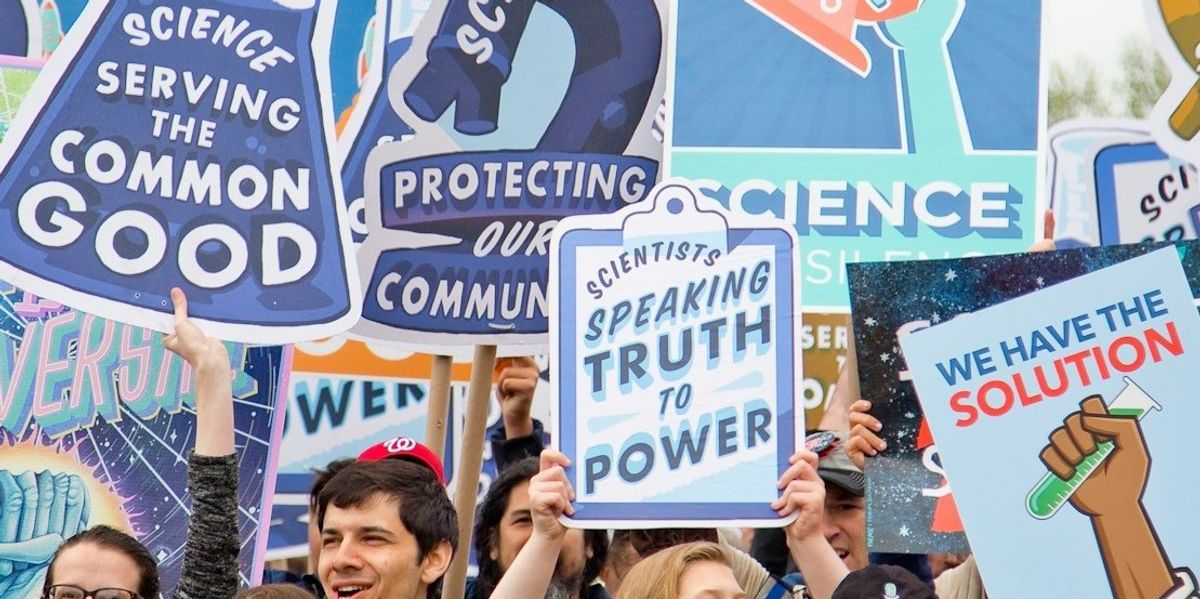Shipping giants weigh costly new fuels and tech as global climate rules tighten
The international shipping industry is bracing for stricter emissions rules, pushing companies toward expensive and often unproven fuels and technologies to cut carbon emissions in a sector that contributes 3% of global greenhouse gases.
Catherine Early and Terry Slavin report for Reuters.
In short:
- The International Maritime Organization plans to enforce new emissions limits and pricing by 2028, requiring a 65% cut in ship fuel emissions intensity by 2040. The European Union has already launched similar regulations this year.
- Fortescue and Maersk are testing alternative fuels like ammonia and e-methanol, but limited infrastructure, safety concerns, and high costs hinder scale-up. Maersk is also betting on biofuels and dual-fuel ships.
- Energy efficiency technologies such as hull cleaning, route optimization, and wind-assisted propulsion are gaining traction as immediate ways to cut fuel use, offering up to 20% savings without switching fuels.
Key quote:
“You can continue to pollute, but delaying transitioning your fleet to zero emission fuels will be costly.”
— Sara Edmonson, global advocacy lead at Fortescue
Why this matters:
The global shipping industry carries about 90% of world trade and runs largely on oil-based fuels that emit high levels of carbon dioxide, methane, and nitrogen oxides. Left unchecked, shipping’s share of greenhouse gas emissions could double by mid-century, contributing significantly to climate change. As policymakers move to regulate carbon pollution, the pressure is mounting on companies to invest in cleaner technologies and alternative fuels. But many of these fuels pose major challenges, from cost and supply chain limits to safety and toxic exposure risks. Others, like biofuels, carry baggage of their own: deforestation, habitat destruction, and questionable lifecycle emissions depending on the feedstock.
The regulatory and technological uncertainty leaves companies struggling to balance long-term climate goals with short-term business realities. Meanwhile, basic improvements in ship design and operation—like wind-assisted propulsion and route planning—can cut emissions now, but only if adopted broadly. The choices the industry makes in the next five years will shape emissions for decades.
Read more: Ports are a major contributor to air pollution, but clean energy solutions may help













